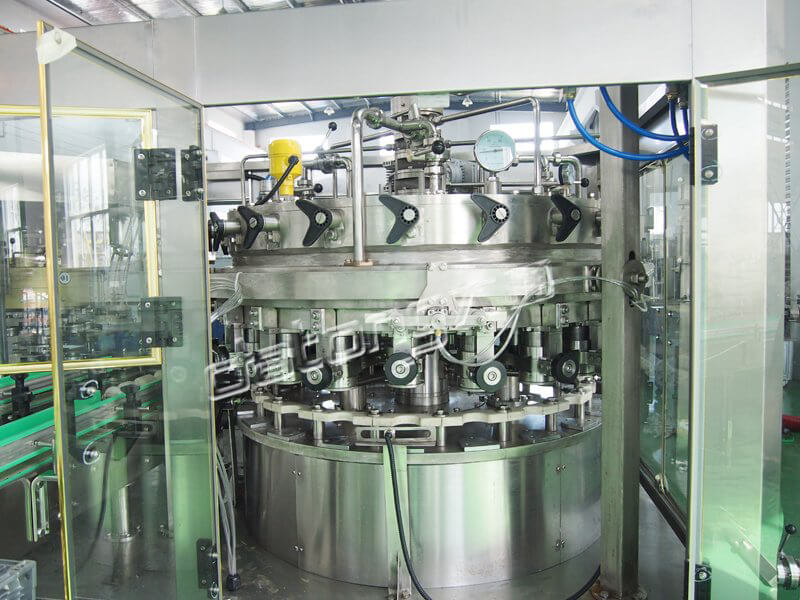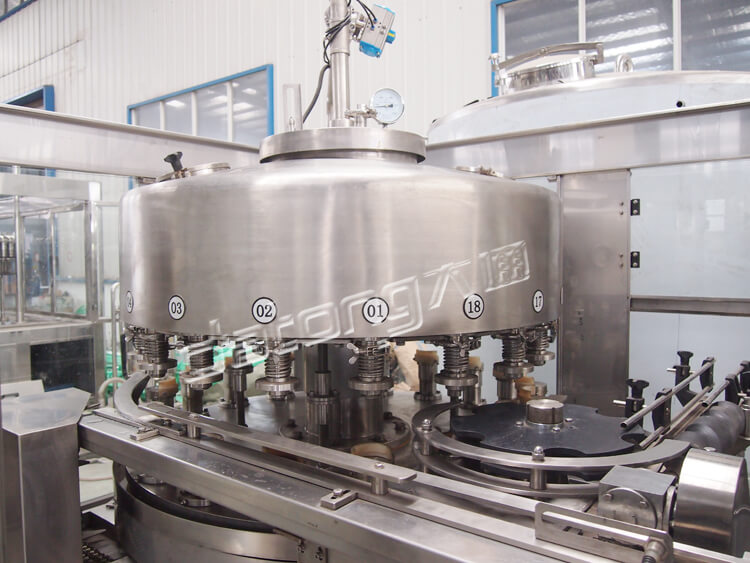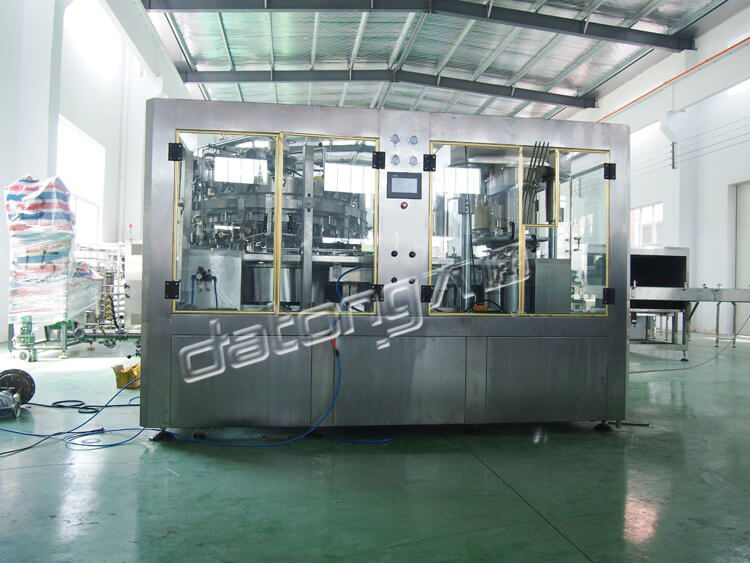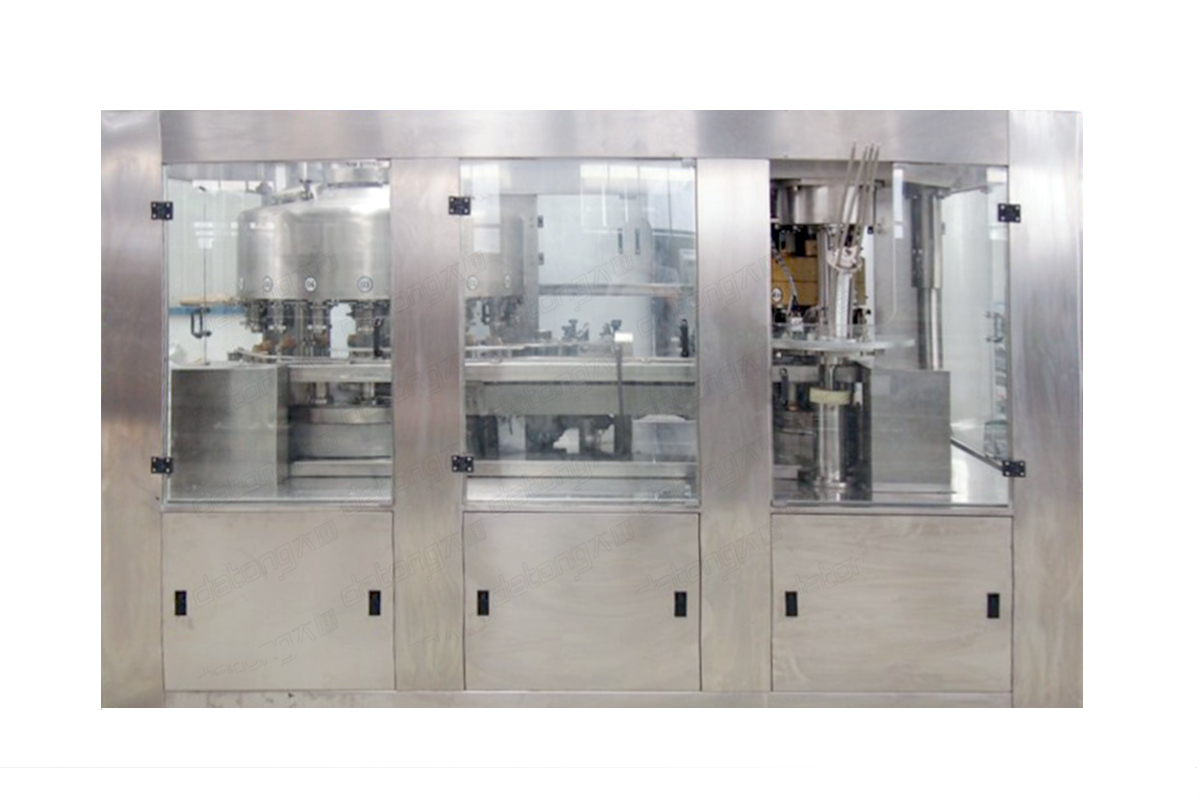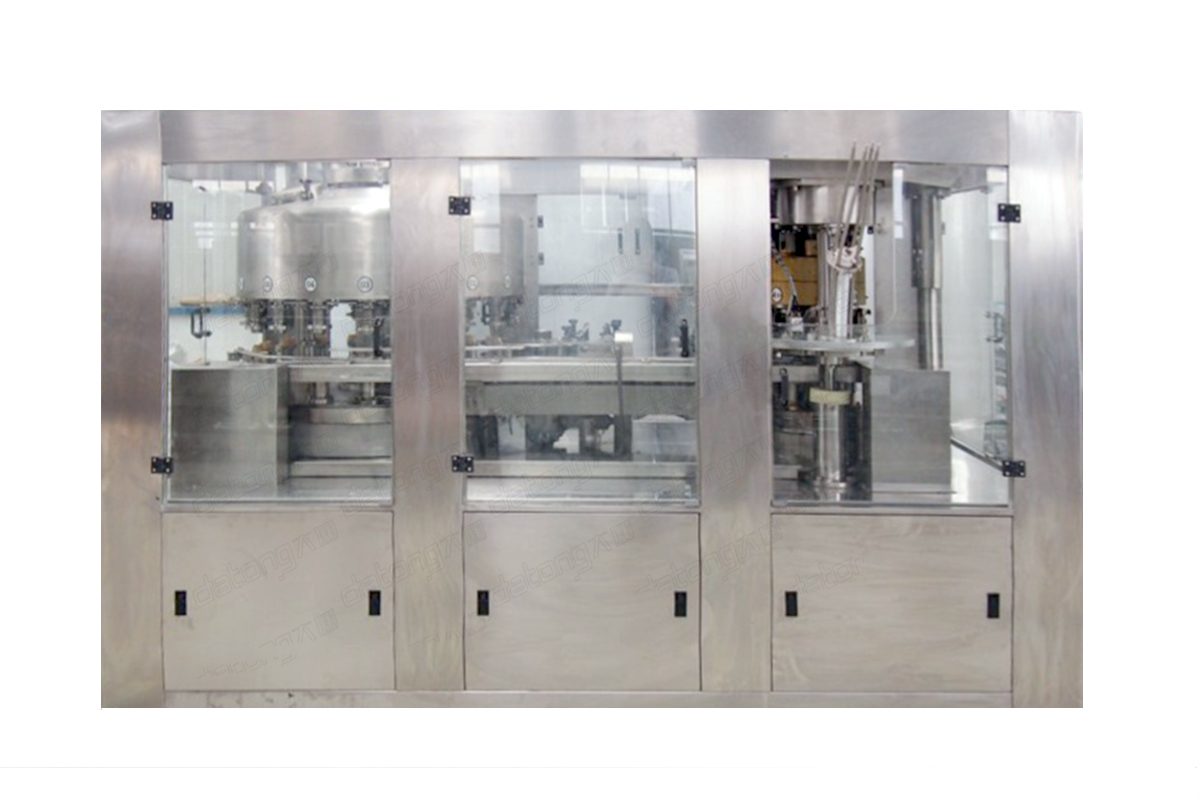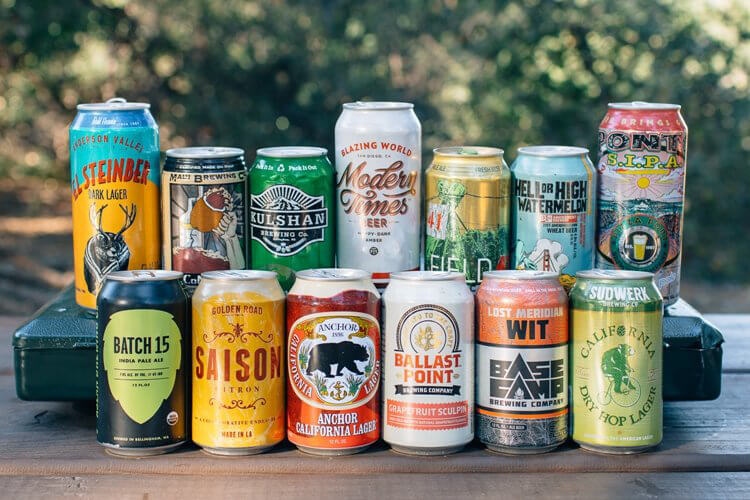
Do not think that only wine, liquor has a culture, canned beer is also historic. Today nine cans tell you the stories that belong to them, and you can see from the cans of beer witness what is happening in the world.
Like other products, canned beer also has a brilliant and great history. In 1909, Leopold Schmidt, a German immigrant living in Washington, took care of the Olympia brewery which was recently opened. To this entrepreneur, who holds the "great dream" idea, that is pour Beer into the jar for sale, it will be a very cool thing. Having said that, Leopold decisively contacted the American Can Compary (CANCA), the largest cannery in the United States, and asked whether such an approach would work or not. The story is going to take some twists and turns, and the Canning Company was responsible for the show at that time - in the face of Leopold's question, they gave a "no" answer. It is understood that, under the technical conditions at that time, the pressure that the can can withstand is only 24-35 pounds, and the pressure that the beer produces in pasteurization will be up to 80 pounds, how to guarantee canned beer taste without being destructed is another headache question.
There was no progress on the viability of canned beer over the next decade, and the promulgation of the Prohibition of Alcohol in 1919 bleak the prospects for resolving the issue. However, the Cannery of the United States has not been intimidated by the forbidden alcoholics and Andrew Volstead, the important man who promoted the promulgation of the Prohibition, continues his research and development. In 1925 Charles Stollberg, inventor of the American Can Company, took patent number 1625229 and invented cans strong enough to withstand the pressure of beer. The likes of InBev and Le Cordon Bleu are convinced and persuaded the US canners to do proofing. Ultimately, American Canners designed a can of synthetic resin and enamel to store beer, which they called "Keglined" for the sake of good news. January 24, 1935, the world's first canned beer formally was born, for the next 80 years, this product has gradually evolved into the United States one of the labels.
And then, the nine cans you will see, each has its own story - meanwhile, the cans also exhibit a unique cultural phenomenon that graphically depicts the rapid changes in the world around them .
iron cans era (1935-1958)
Kruger Cream Ale, 1935
Kruger twice as triumphantly started the beer bottling business in September 1933, but the company gave all of the 2000 cans of beer to the local Kruger beer drinkers (and indeed too self-willed) The only way to do this is to find out whether people like canned beer in the end (fortunately, the last 91% of drinkers chose "YES"). Kruger sold in Richmond, Virginia, USA, its first canned beer called Kruger Cream Ale.
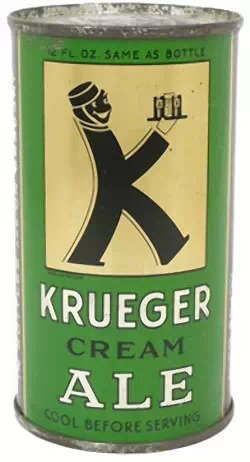
Blue Ribbon export beer, 1935
By the end of 1935, 18 breweries had commenced beer bottling operations, but at that time the largest was Blue Ribbon Brewery in Milwaukee, which was then the largest brewery in the United States. The iconic Blue Ribbon beer still uses bottled, while canned sales are called "exported beer." Estimate, Blue Ribbon Brewery chose to enter the canned beer market early, perhaps to seize market Heights.
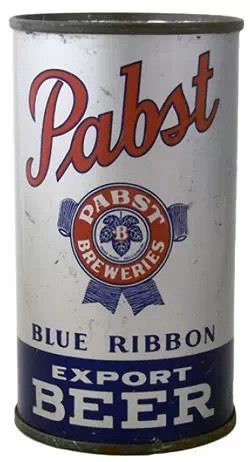
Uniform beer, 1942-1947
When World War II opened, tin plates, originally used as canning stock, became military products. But for the breweries, this is not a big deal - the military bought at least 18 million cans and shipped them overseas. Forty breweries used the same recipe to brew beer and put them in brown, canned black olives, and it is precisely because these breweries were not affected by too much war and lost Their own position in the hearts of soldiers.
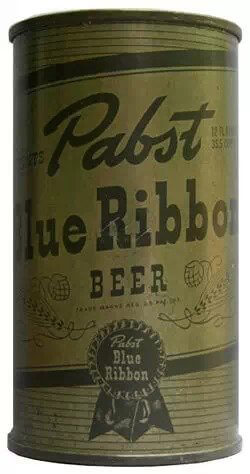
Budweiser, 1950
For the first time, Budweiser had been able to market their beer for canning in 1950 with a distinctive reddish-white color and a well-marked trademark - perhaps the most widely used in the world A sign of cognition. The people at the time even wondered, in the near future, the golden color that had drawn the attention of the people would have given way to the eye-catching whiteness.
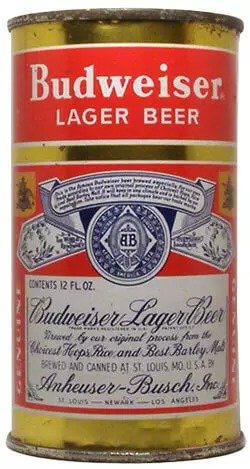
Aluminum cans era (1958-)
First beer, 1958
In 1898, First Beer Company was established in Honolulu, Hawaii. In 1958, they launched the 11-ounce canned beer with aluminum cans. Although steel cans were still being produced by 1984, the cans that First Benevolent has introduced undoubtedly sounded the death knell for steel cans. In 1963, Hams Brewing Company first introduced 12 ounces of all-aluminum canned beer (the first beer is still being produced on Kauai, and the most original formula containing sugarcane is always used However, even now, we still do not understand, in the end so - called "slow fermentation" in the end what it meant.

Schlitz beer, 1963
The entire canned beer industry ushered in a revolutionary leap in 1963. At the time, Schultz Brewing Company pioneered the beer can now we call it "cans" and has drawn much attention with this special design - with a pull ring on the top of the beer can. Although this design can not be described as perfect, in fact, it has become the standard beer can in the two decades after 1963. Oregon banned the use of these cans in 1972, given the environmental and waste disposal issues, but even then, in the early 1980s, there was an alternative that emerged as a new product compared to the original cans The feature is that the pull ring does not fall (basically is the way the cans look like on the market today).

Oshkosh Chief Beer, 1991
Although it is not yet clear which wineries are the first canned craft beers to date, many think the Mid-Coast brewery from Oshkosh, Wisconsin, was the first to eat crabs. In order to promote the advantages of canned beer, Oshkosh chief beer also made a lot of advertising, but in fact, all of this is to serve the economic interests - compared to bottled beer, canned beer model The winery can save a lot of money (it is said that a few cents per ounce of beer can be saved). In 1992, the brewery started its own bottling business, which is a very sensible decision today, when the tide of beer cans is all the rage.
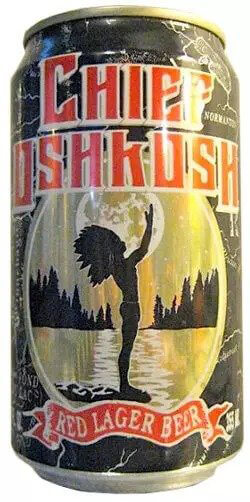
Blues Ale, 2002
Dell Kaytex super love canned beer, in 2002, the canned beer fan even announced that all the beer produced by Blues Brewery would be sold in canned form. Ketters leads the pack and leads the wave: in May 2013, 285 breweries bottled 956 different beers (source craftcans.com), and by February 2015, 493 breweries canned 1873 beers. Why is there such a growth data? Fresh, portable and recyclable are quite important reasons, which is why most breweries have decided to sell canned beer, but a beer company made a different voice, which is Lagunitas. The sixth-largest beer company in the United States questioned the claim that beer can recycling is good for the environment, with special mention of the entire industry chain.
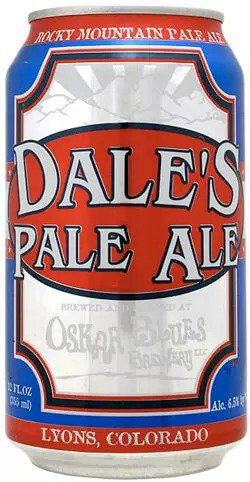
Fox Gold Beer, 2013
This is probably the latest revolution in beer can technology. FOX, PA, in partnership with Crown Packaging, a supplier of metal packaging products, has created a completely enclosed beer can. Best of all, the beer can hold the full aroma of the beer until you open the can into the glass .
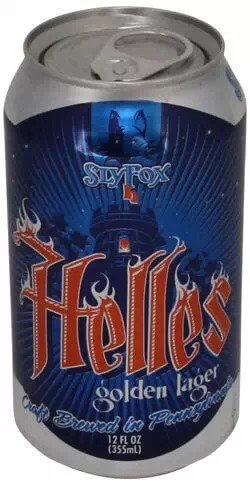
Ok, today the development of canned beer sharing is over, and do you know more developing history about beer? Welcome to contact us, zhangjiagang datong is a beverage can filling machine whole supplier in china, and export canning filling machine, such as aluminum can filling machine, beer can filling machine, soda can filling machine, beverage can filling machine, water can filling machine etc. Welcome inquiry us.













